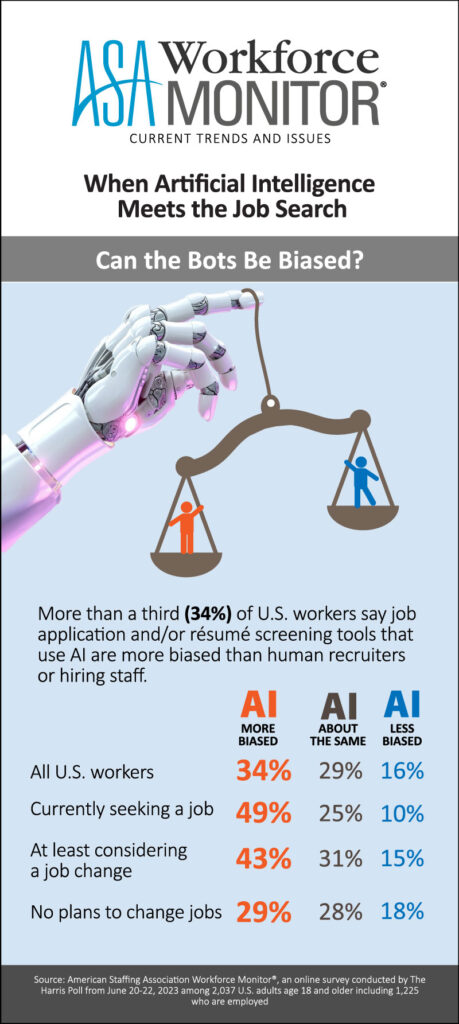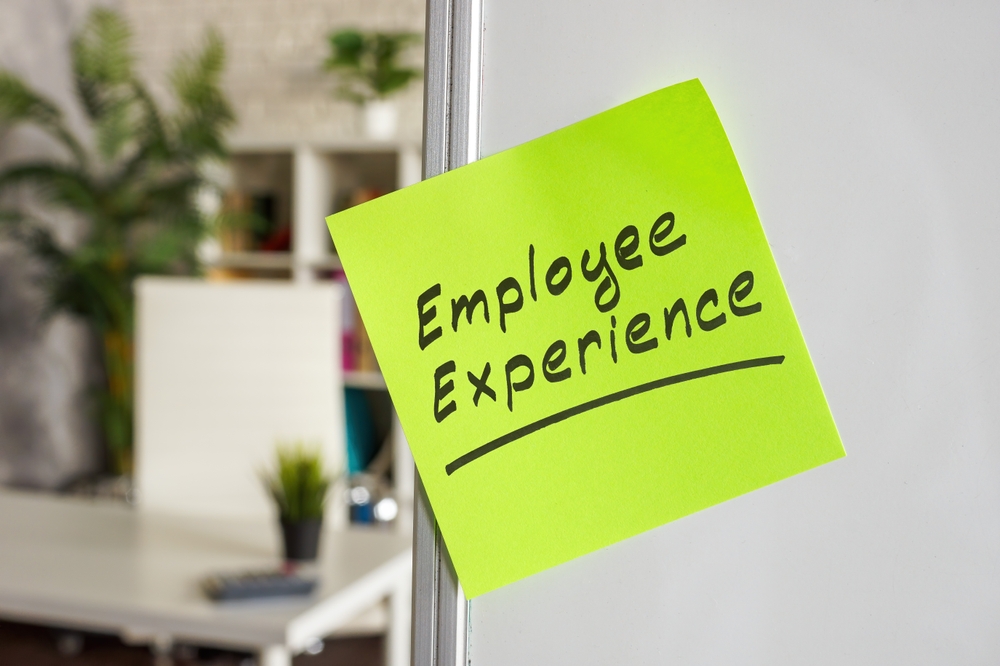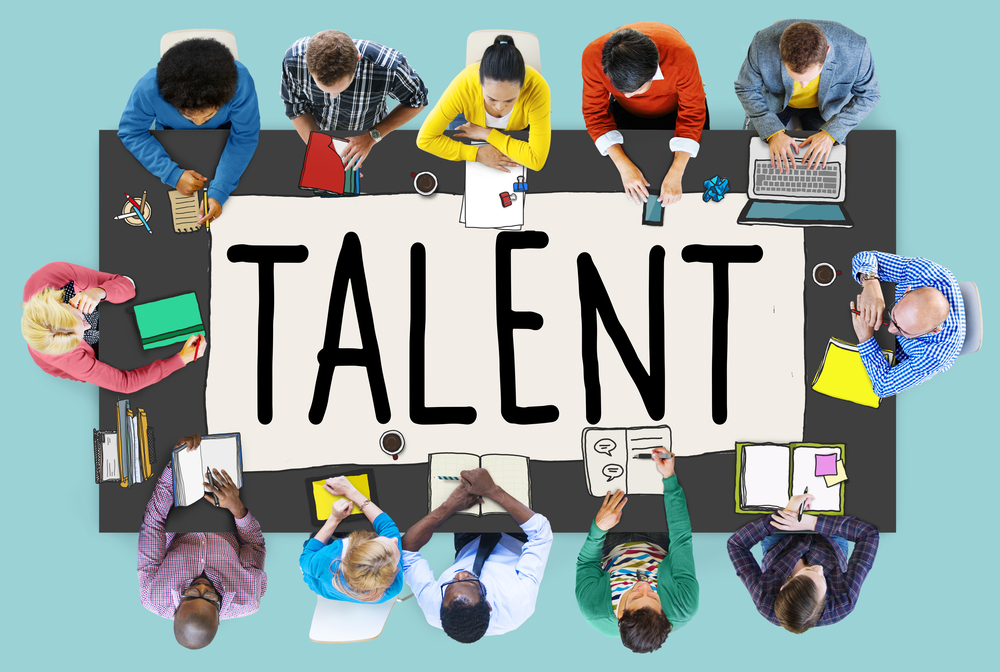Why Developing Your Personal Brand is a Good Idea
In today’s competitive job market, a strong personal brand is more valuable than you’d think. Employers searching for top talent no longer consider only a person’s esume, cover letter, and credentials. They examine your entire personal brand, looking at the characteristics and attributes that set you apart from competing candidates.
While demand for candidates is increasing this year, the market is still extremely competitive, particularly as business leaders navigate difficult economic environments and budget shortages.
Whether you’re re-entering the job market or looking for new opportunities, developing a strong personal brand could boost your chances of success.
In fact, according to LinkedIn, 71% of professionals believe a good personal brand opens the door to new career opportunities.
Here’s why personal branding is important and how to build a brand with the right impact.
The Importance of Personal Branding
Your personal brand is a culmination of all your skills, values, experiences, and personality traits. It shapes how employers and peers view you, what value they assign to you as an employee, and even how you view yourself in your career.
A positive personal brand has always been a valuable resource for candidates and employees. The right brand helps you gain credibility as an industry professional, draw attention to your unique values, and capture the attention of employers.
The demand for personal branding is set to be even higher this year. Although there are significant skill shortages, finding the right role can be extremely difficult. Some studies suggest candidates can spend up to 6 months finding a new position.
The job market is characterized by rapid changes as workplaces evolve, leading to demand for new skills and abilities. Competition is increasing, particularly for roles with the better benefits, higher salaries and workplace flexibility.
Additionally, business leaders are becoming more discerning when choosing which candidates to add to their team as hiring budgets diminish. A personal brand will ensure you can access the right roles and demonstrate your value to your employer. It could even be the key to opening the door for promotion opportunities in the future.
The Benefits of Personal Branding Today
95% of recruiters predict the job market will become more competitive in the years ahead which means personal branding has never been more valuable for candidates. A well-crafted personal brand can deliver a host of benefits, including:
- Improved differentiation: A strong personal brand highlights your unique values and attributes, positioning you as the ideal person for a role. With your personal brand, you can separate yourself from the competition and increase your ability to access new roles.
- Better online visibility: Working on your personal brand on social media platforms like LinkedIn can make you more visible to potential employers. Around 85% of recruiters and H.R. professionals say an employee’s online reputation influences hiring decisions.
- Greater trust and credibility: A consistent and authentic personal brand builds credibility for you as an employee. Hiring managers and business leaders are more likely to hire and promote team members with a clear track record of expertise and shared values.
- New career opportunities: Enhancing your personal brand and demonstrating thought leadership online and offline opens the door to new opportunities. It can help you expand your network and form relationships with people who guide you towards new positions.
- Adaptability: As industries evolve and job opportunities change, your personal brand can act as a testament to your adaptability, continuous focus on growth, and willingness to learn. This can ensure you can apply for new roles in a difficult market.
How to Start Developing Your Personal Brand
Developing a strong personal brand doesn’t have to be as complex as it seems. You can even consider working with recruiters in your industry for guidance, building your online presence, and showcasing the right attributes in your resume, cover letters, and online profiles.
Here are some of the key steps involved in building a personal brand:
1. Conduct a Self-Assessment
First, you need a clear understanding of your strengths, positive attributes, and abilities as a professional in your industry.
Take a closer look at your skills and accomplishments in previous years.
Think about the key attributes that set you apart from other competing candidates in your industry, such as a focus on adaptability or a willingness to learn. What do you want to be known for in your sector, and what do you need to work on to improve your value to employers?
2. Define Your Audience
Once you clearly understand your strengths and weaknesses, think about the target audience you’re trying to impress. If you’re hoping to access new opportunities, it’s important to know which values and skills your potential employer values.
For instance, this year, 68% of employers prioritize digital skills, 82% focus on analytical skills, and 57% pay more attention to employee resilience.
Looking at the job descriptions posted by the companies you want to work for or speaking to a recruitment company can help you identify which key attributes to highlight in your personal brand.
3. Optimize Your Online Presence
90% of recruiters conduct online research to learn more about potential candidates. Another 70% say they’ve rejected candidates based on the information they found online. Search for your name and examine what information appears.
Is your LinkedIn profile complete and up to date? Does it accurately highlight your [sector] experience, skills, and credentials? If you have other social media profiles, what do they say about who you are as a person and employee? You might even consider developing a portfolio or website where you can tell people more about your skills and achievements.
4. Invest in Networking
Developing your network is one of the best ways to enhance your [sector] personal brand and ensure its visibility to the right people. Join industry-specific groups on LinkedIn and Facebook, visit forums related to your industry, or work with a recruitment agency to strengthen your connections with new groups and potential employers.
Invest in both online and offline networking whenever possible. This means attending industry events and online webinars, joining professional organizations, and even searching for mentors or peers in your niche.
5. Demonstrate Expertise Consistently
To further draw attention to your personal brand, commit some time to creating and distributing thought leadership content. You can create blogs and articles you share through your website or social media pages. You can also publish videos on YouTube or even create a podcast.
Whatever content you invest in, ensure you consistently send the same message about your values, abilities, and strengths. Using a consistent style, tone of voice, and messaging across all platforms will enhance your credibility.
6. Be Ready to Evolve and Adapt
While consistency is important for a personal brand, it’s important to understand that your brand and the needs of employers will change over time.
Stay up to date with industry trends so you can draw more focus on the skills and characteristics that will help you appeal to future employers. Ensure you update your online profiles and social media accounts whenever you accomplish something new, highlighting your commitment to constant growth.
Building a Strong Personal Brand
Effective personal branding has always been crucial to success in the job market. However, as recruitment processes change and employer priorities evolve, ensuring you’re effectively building and showcasing your personal brand is becoming increasingly crucial.














